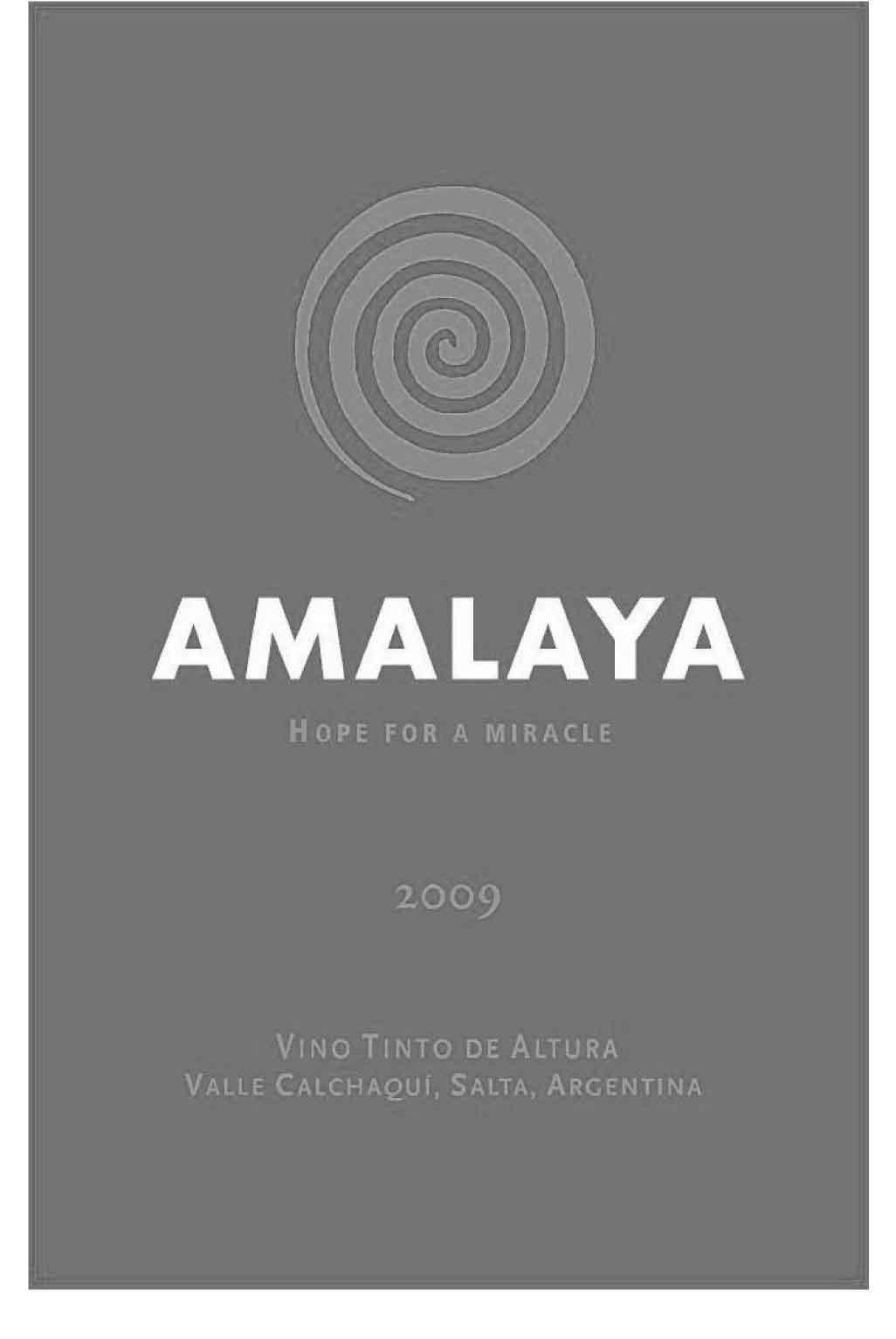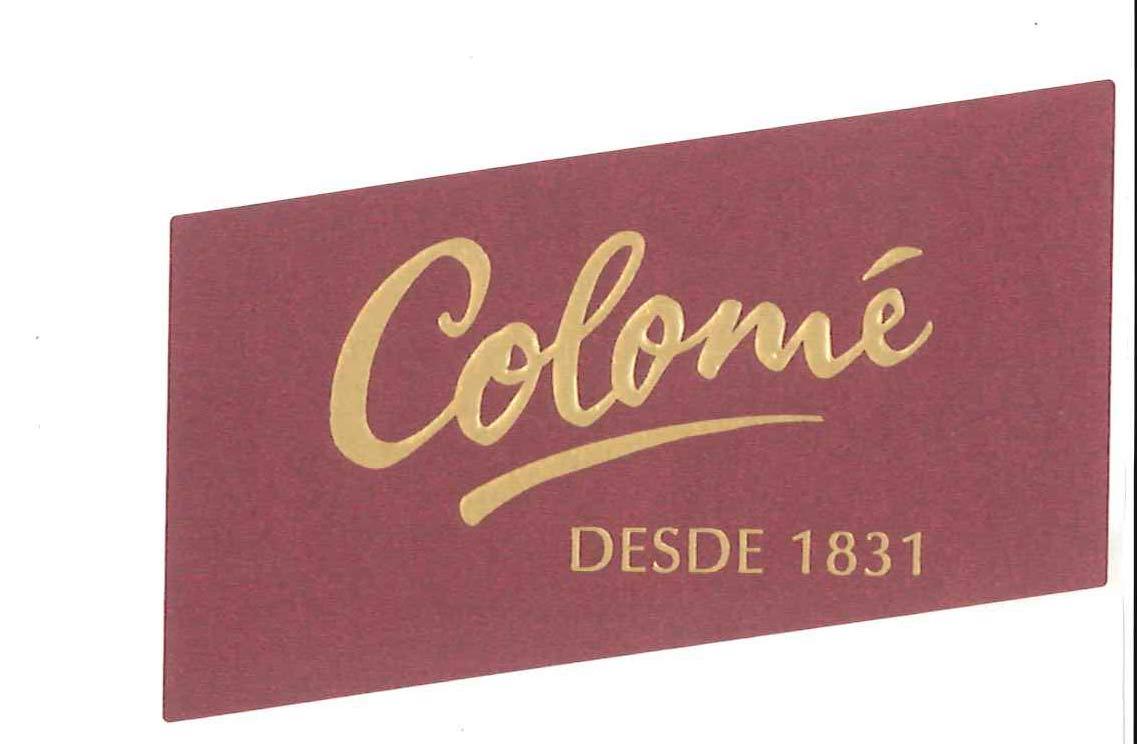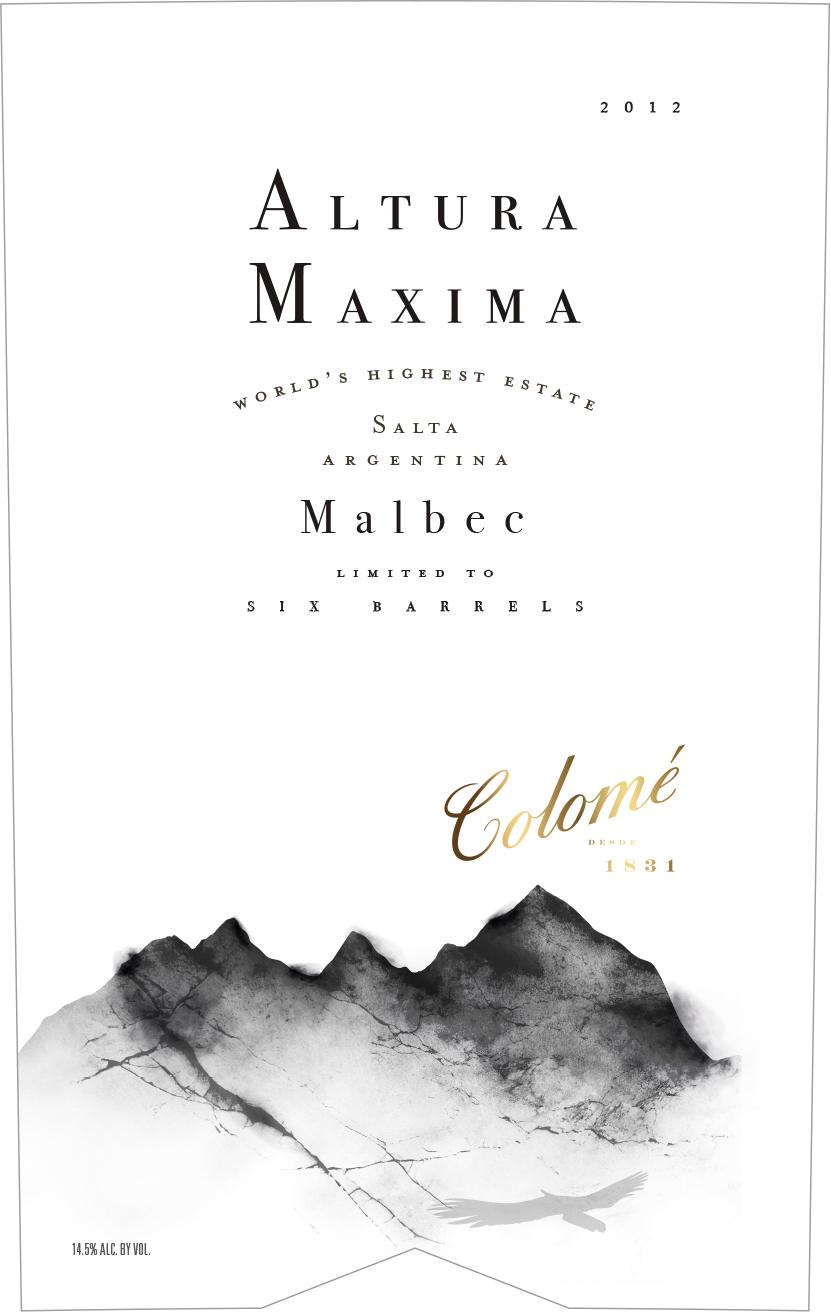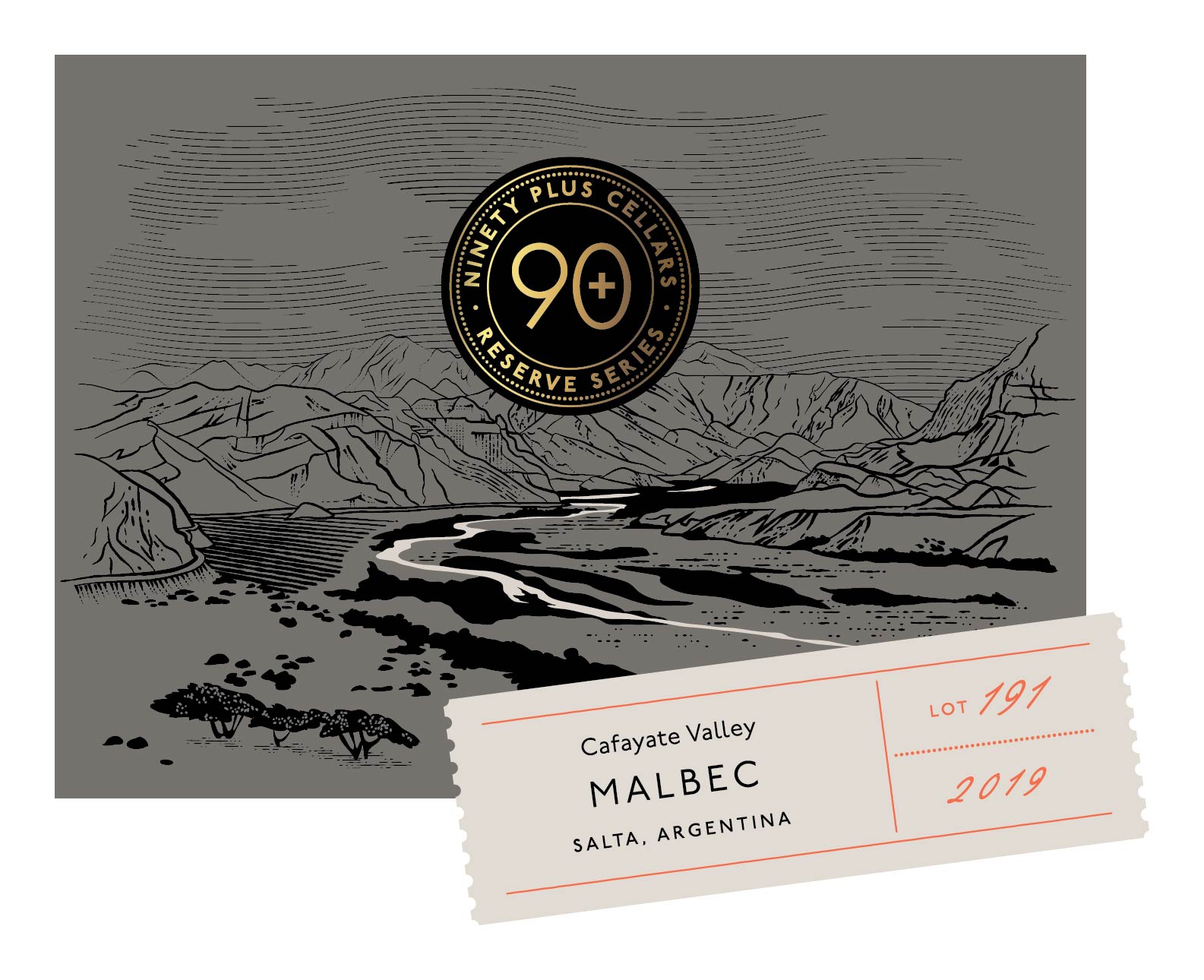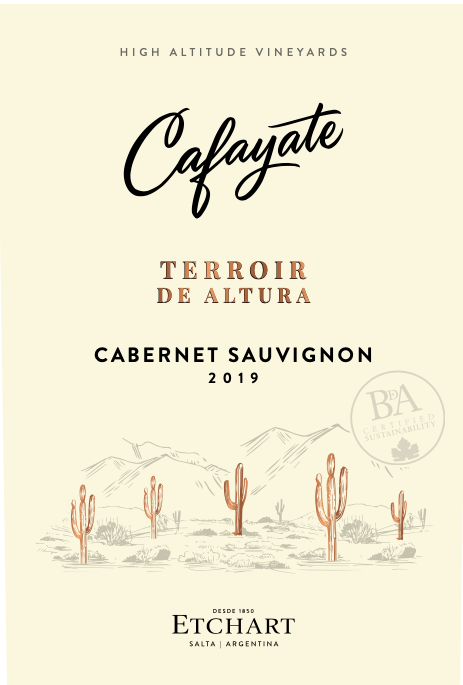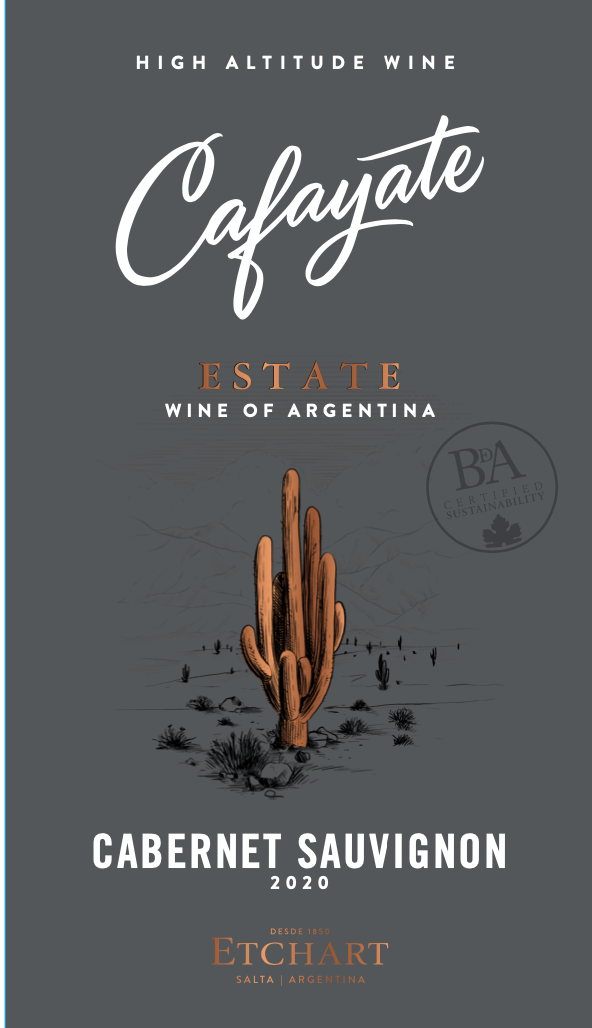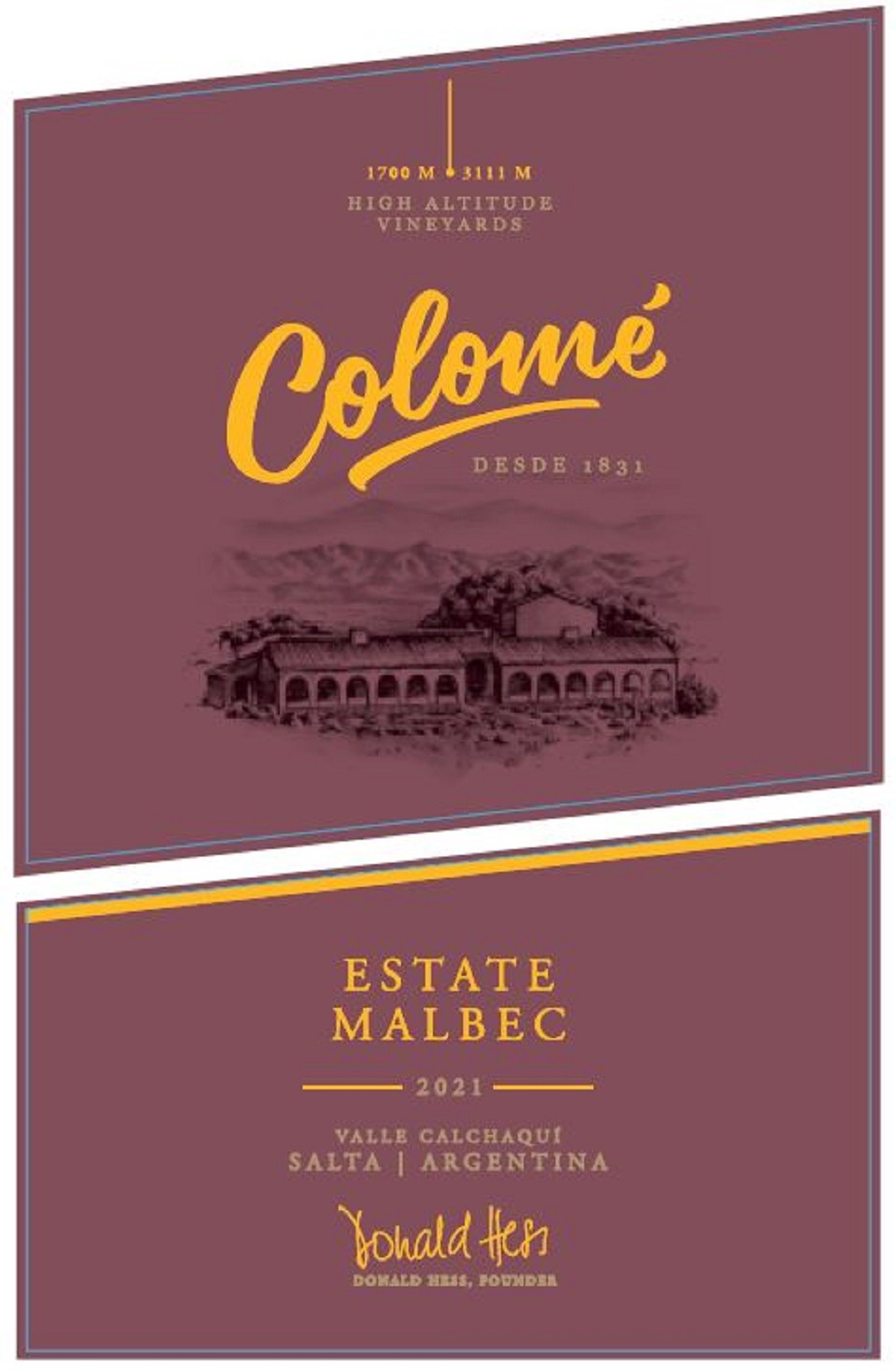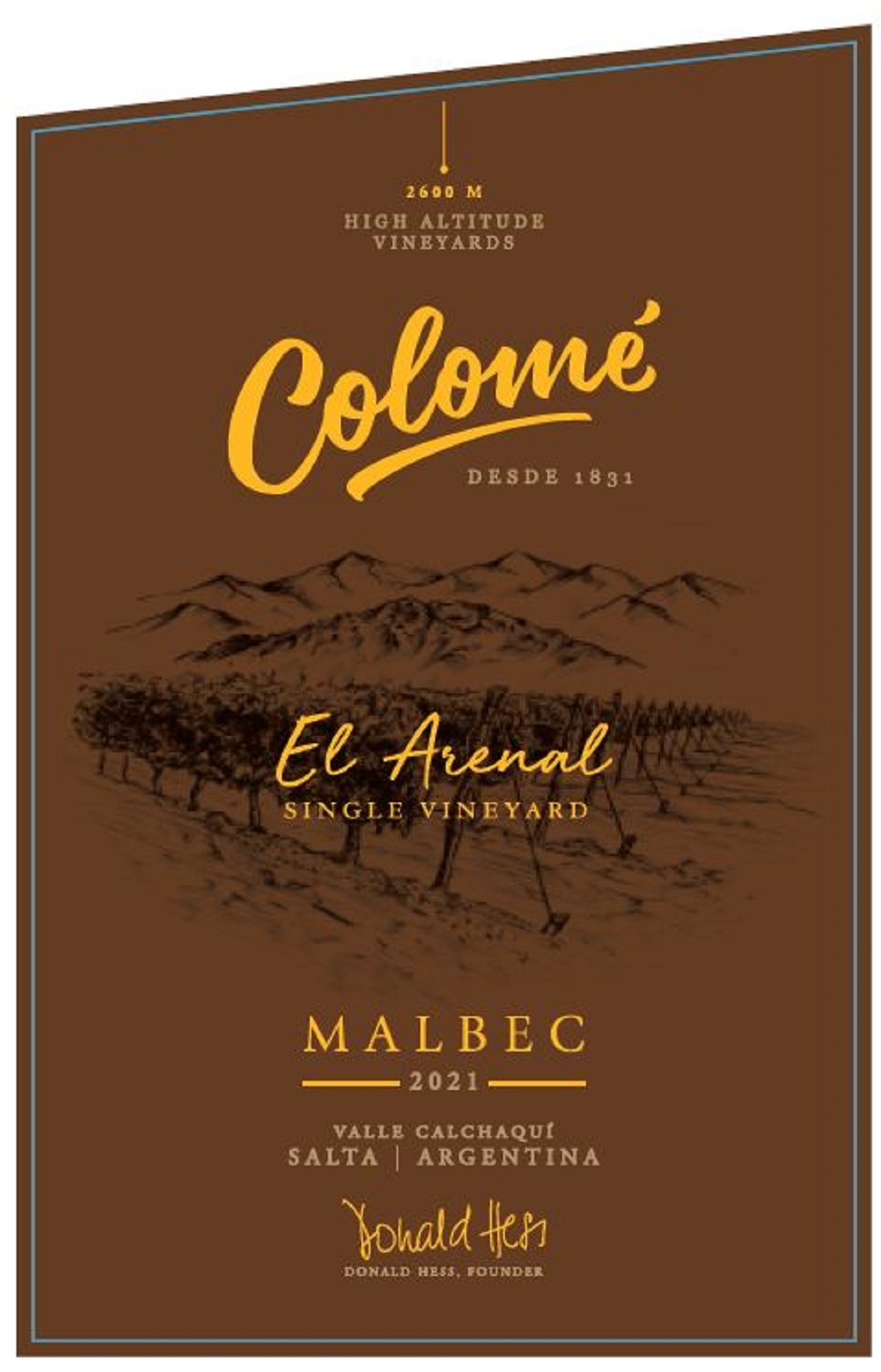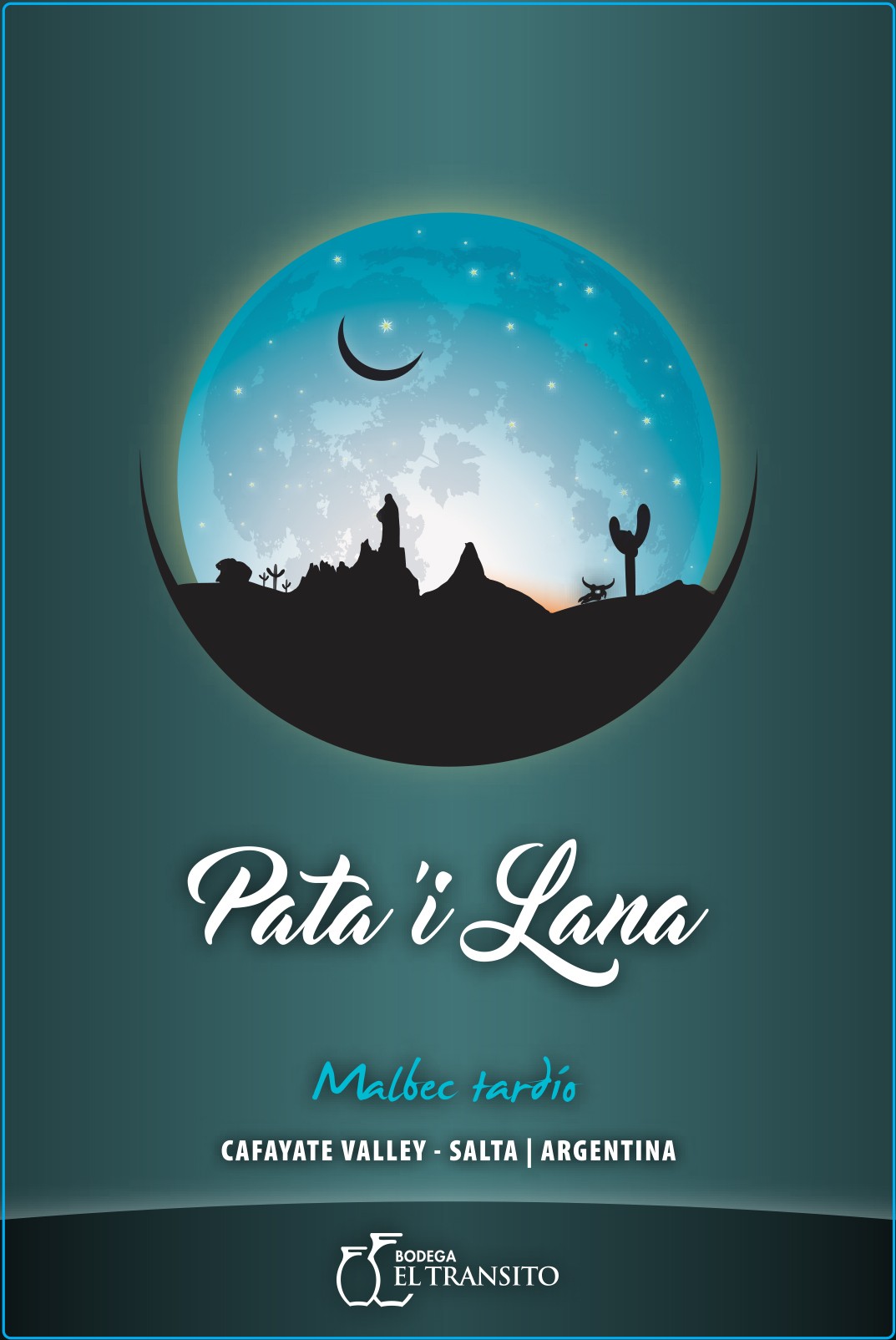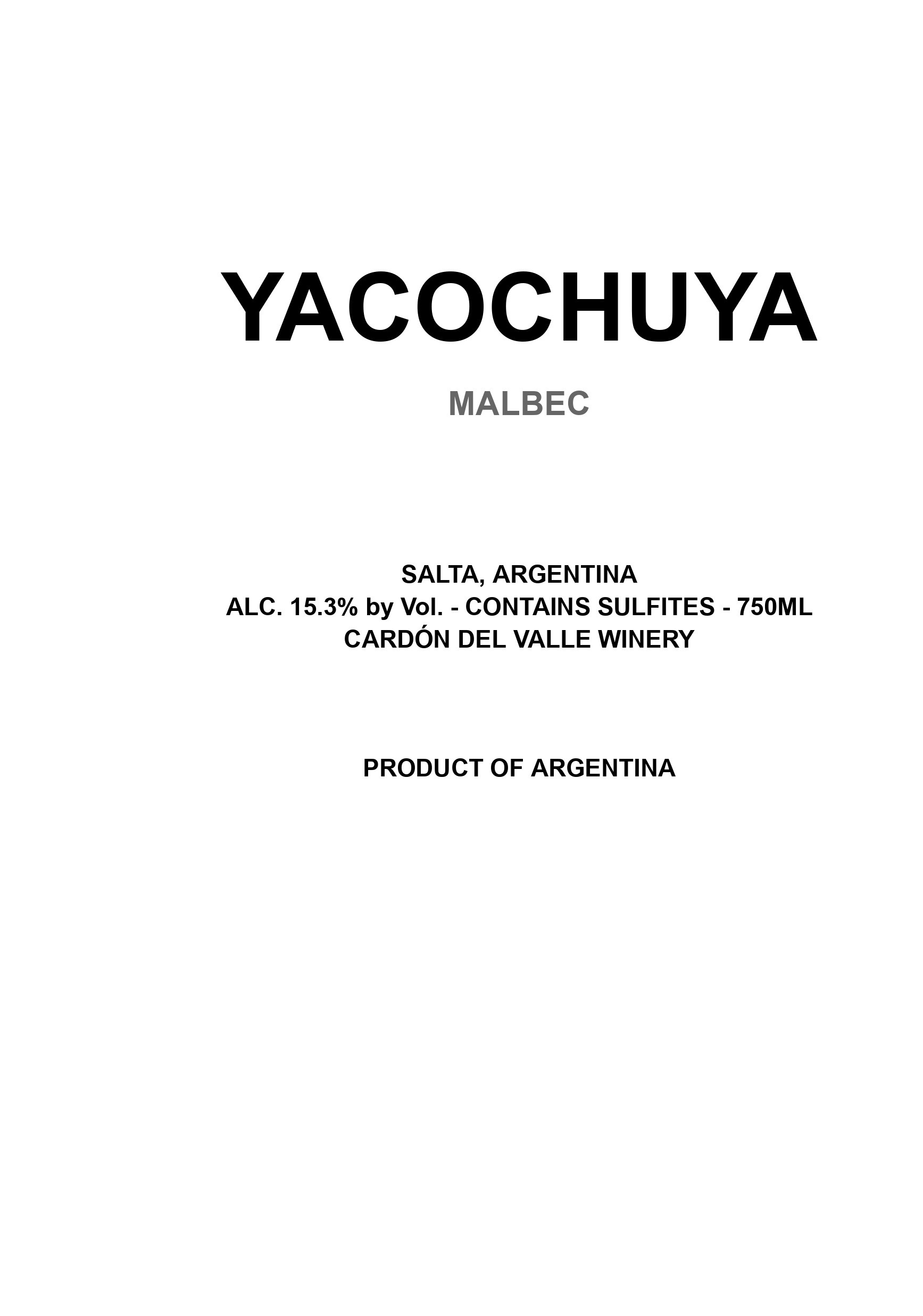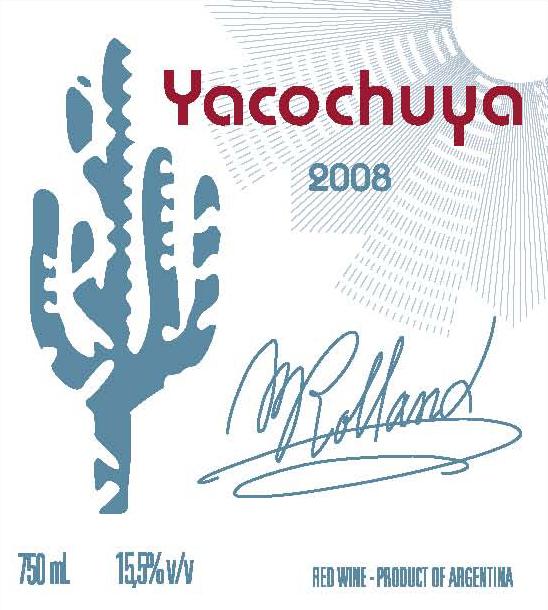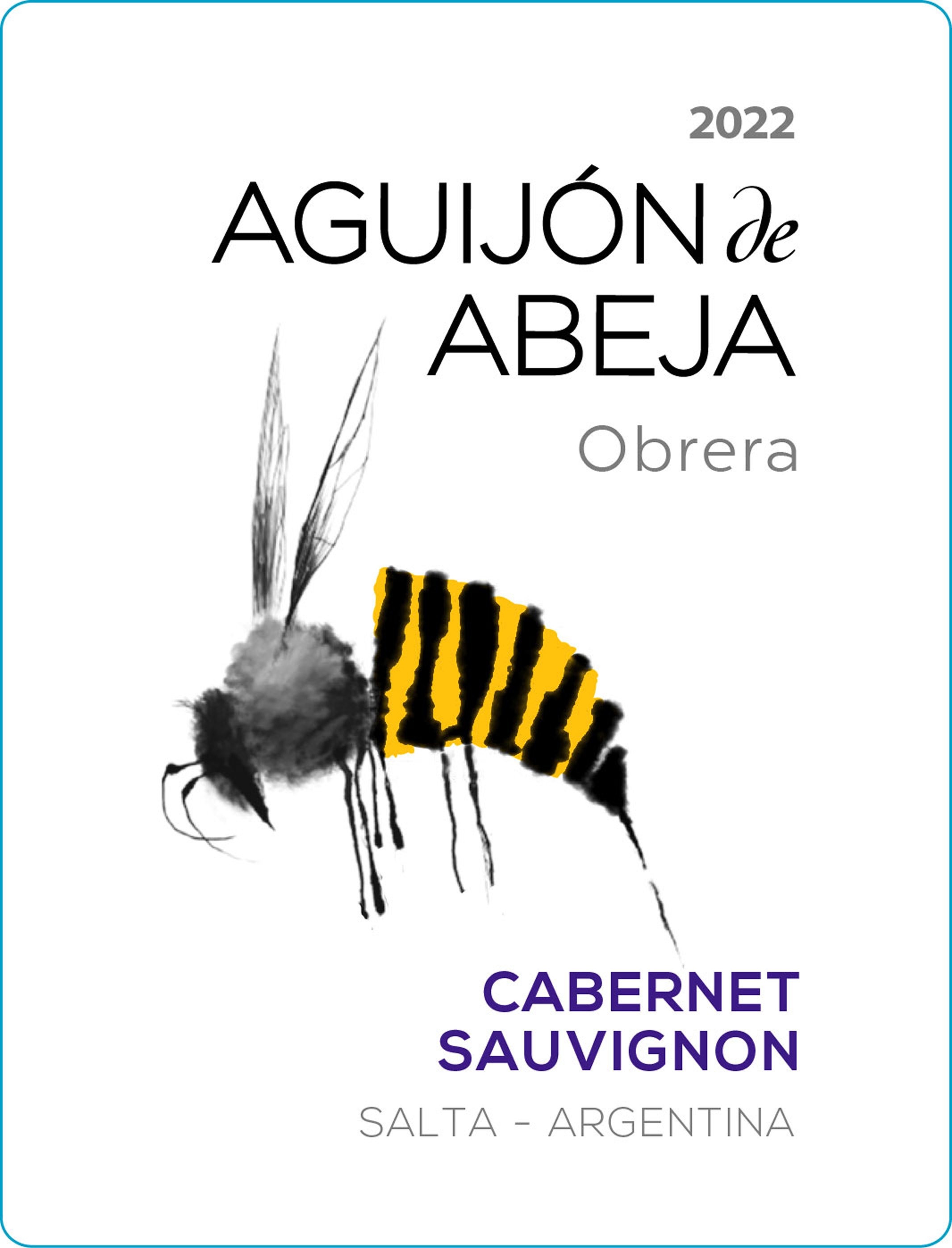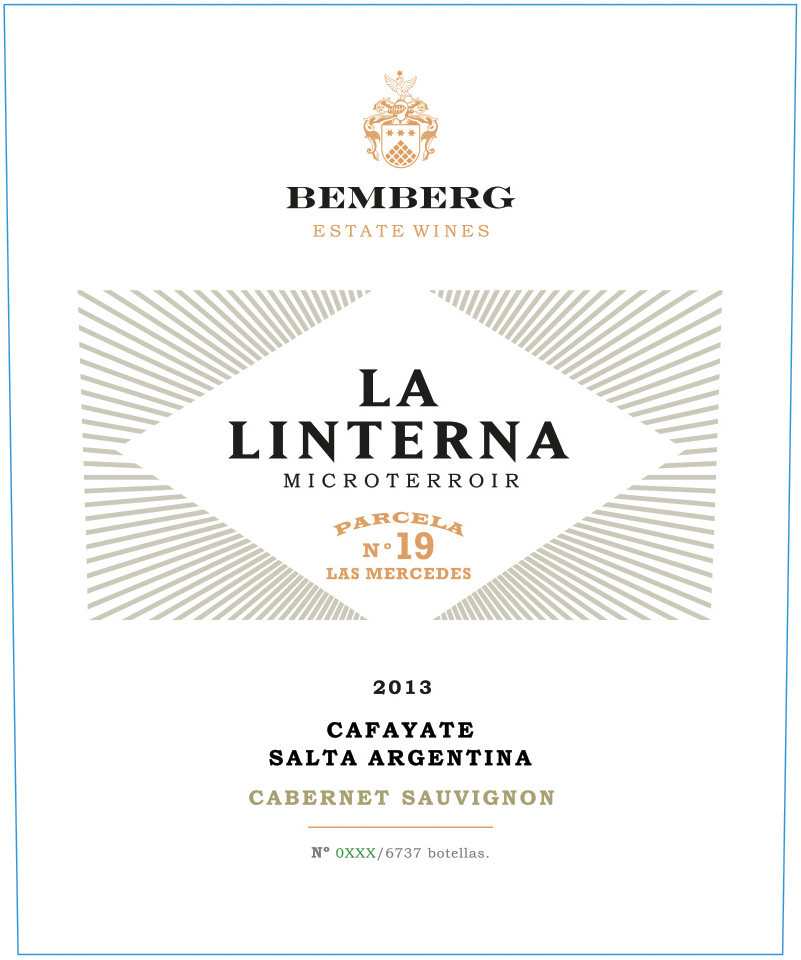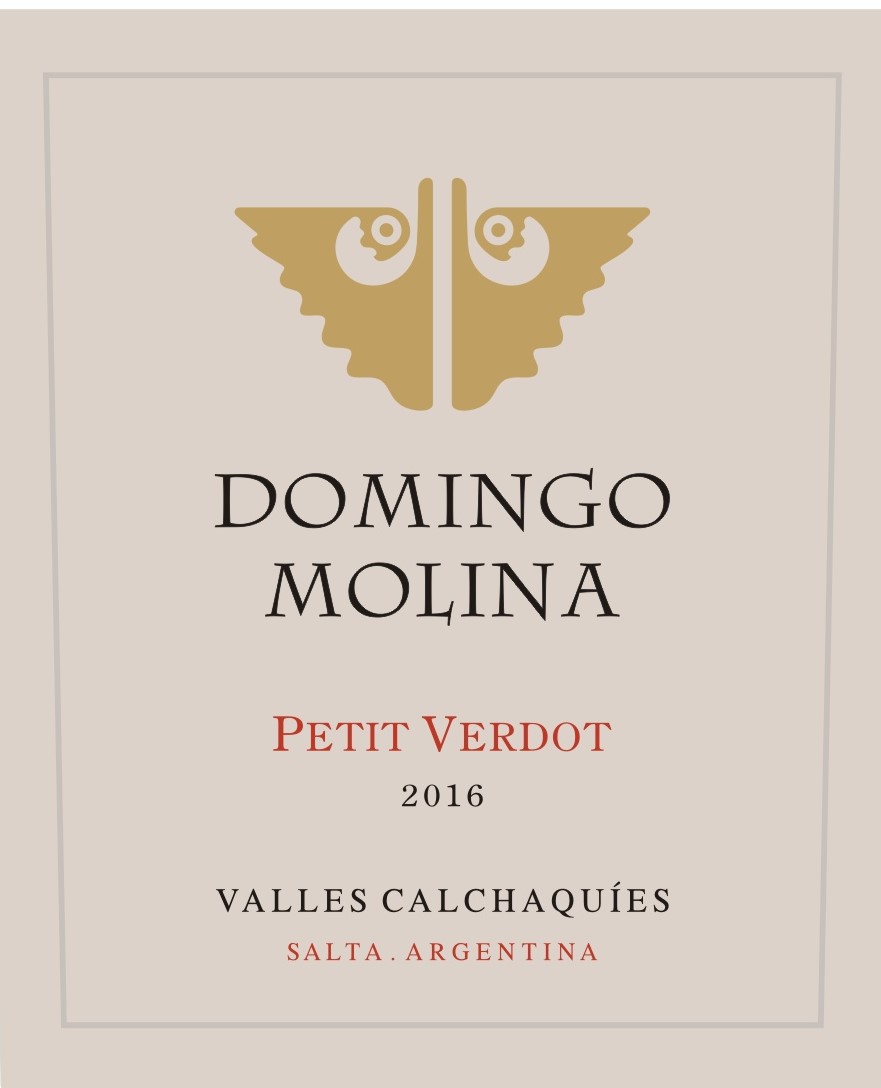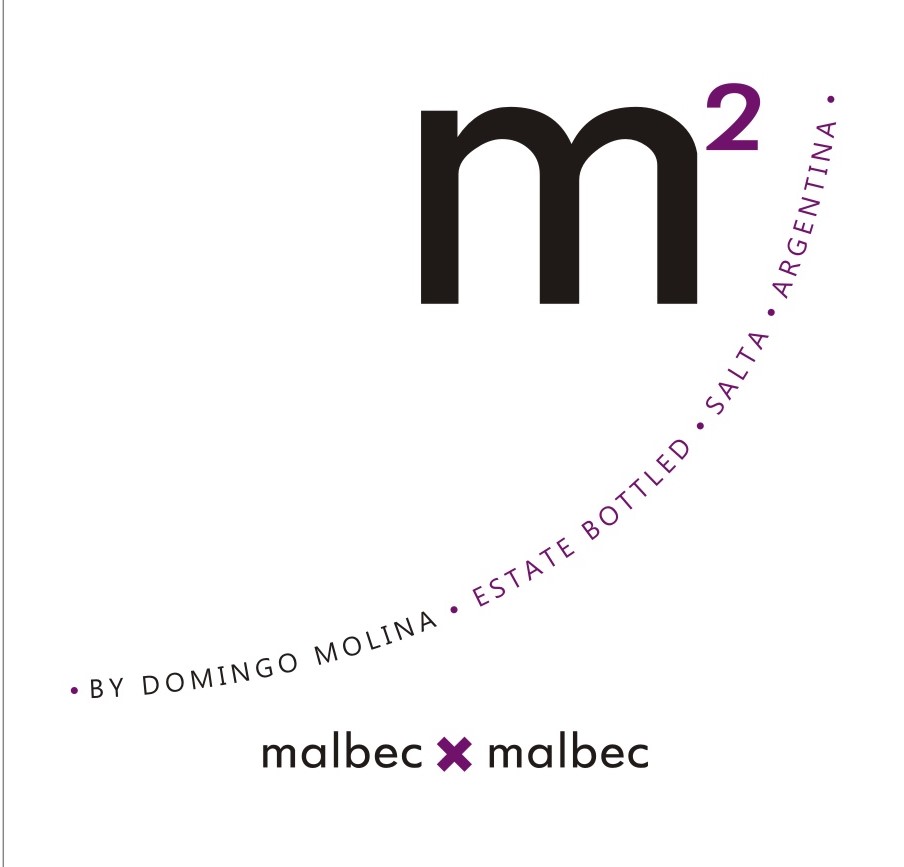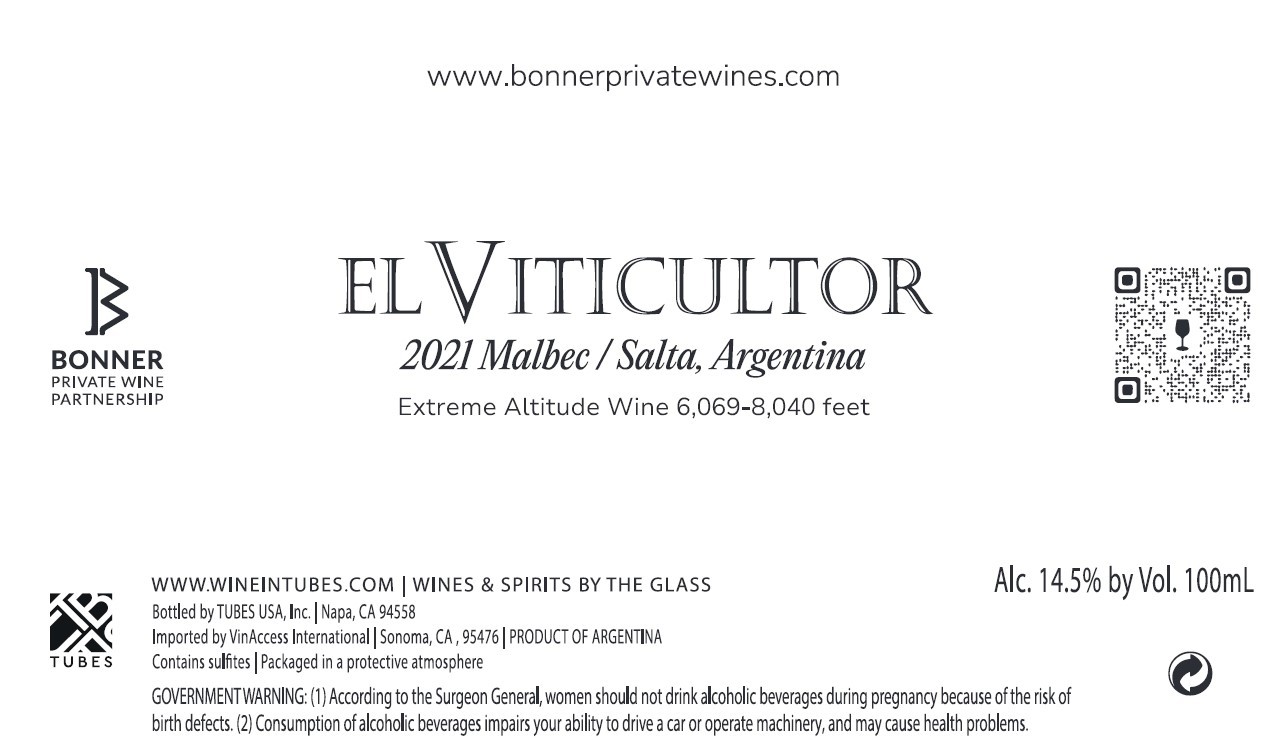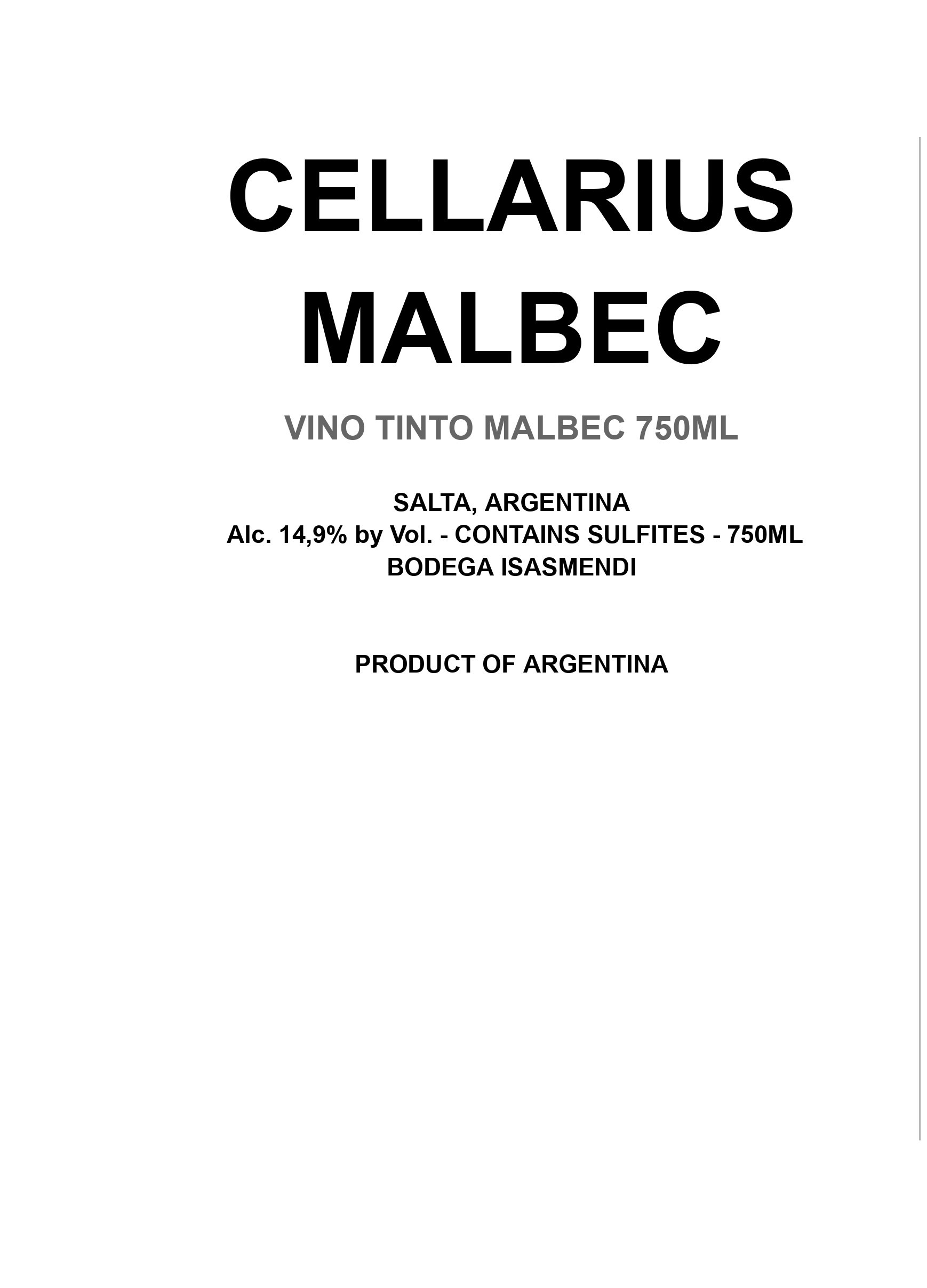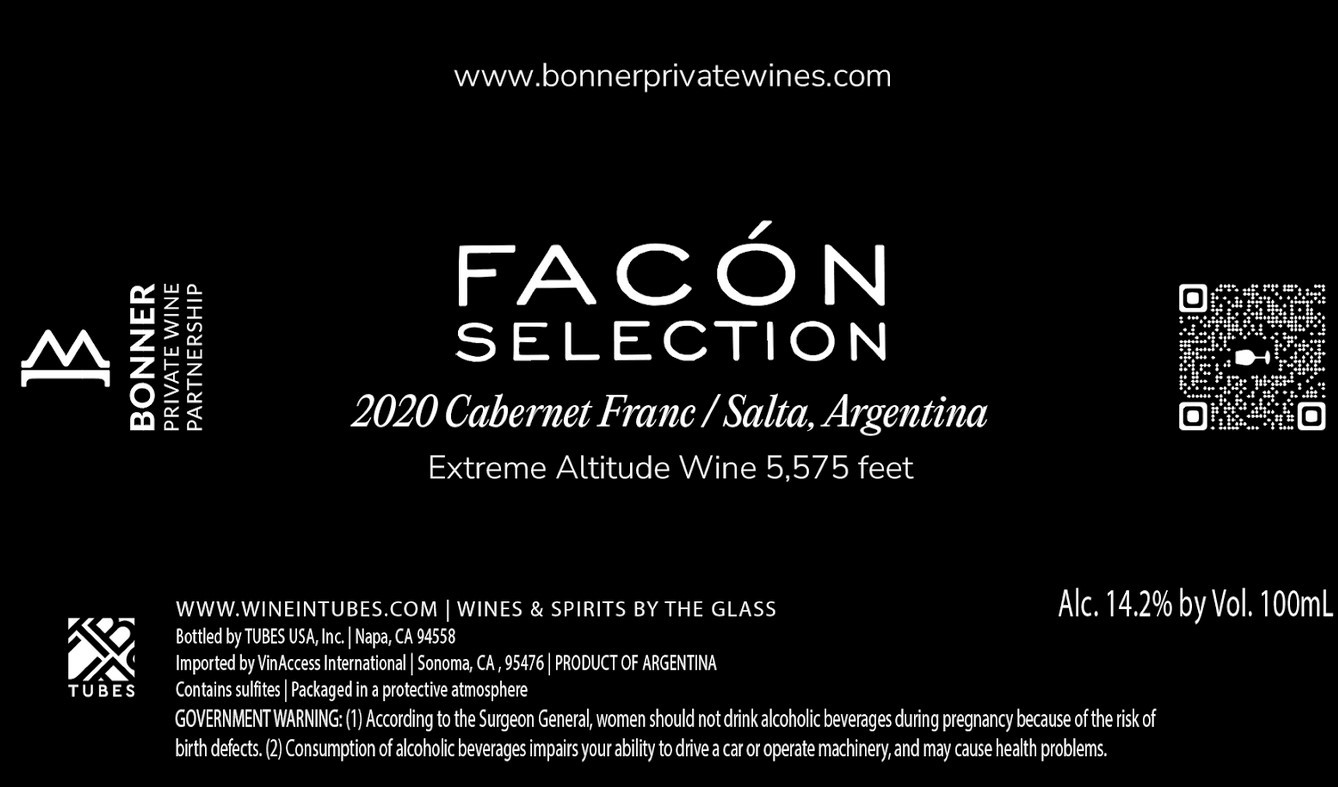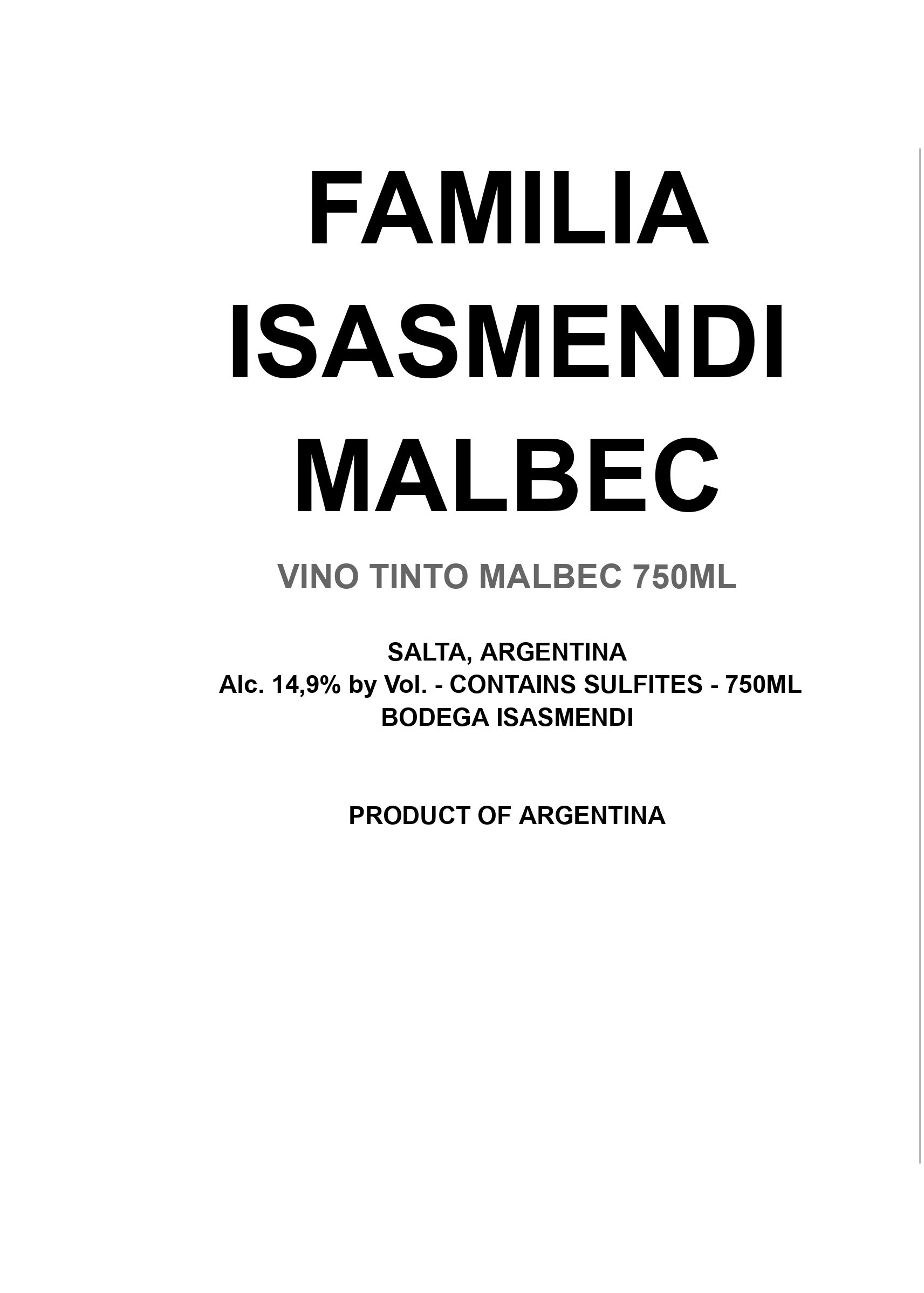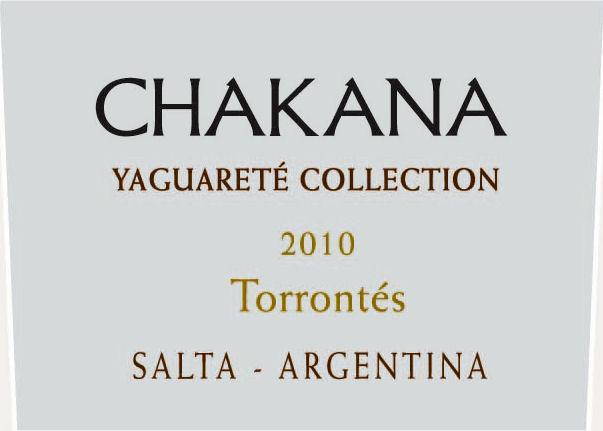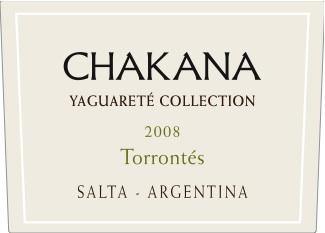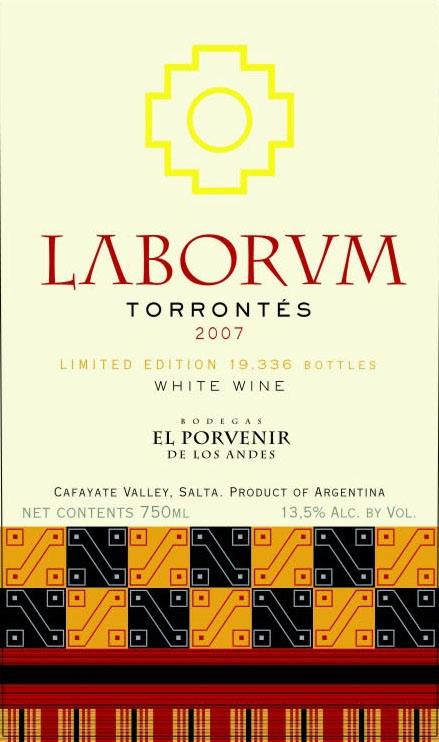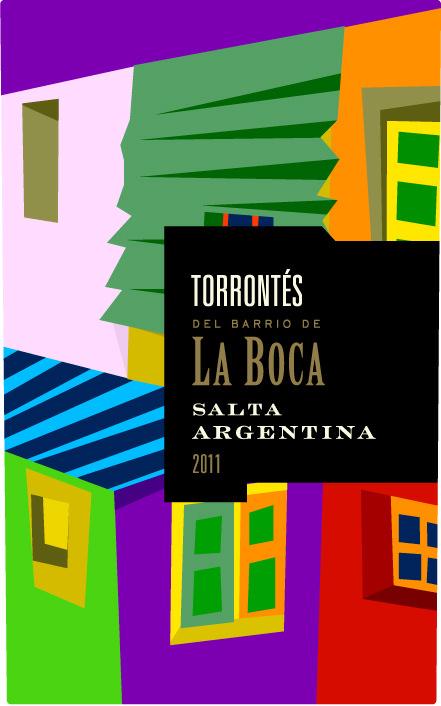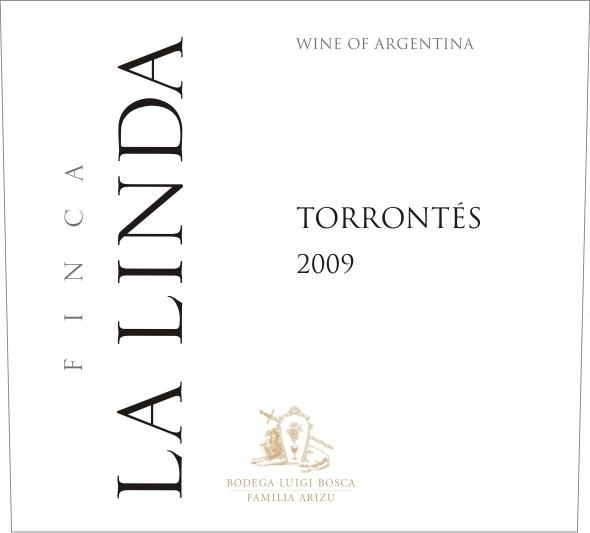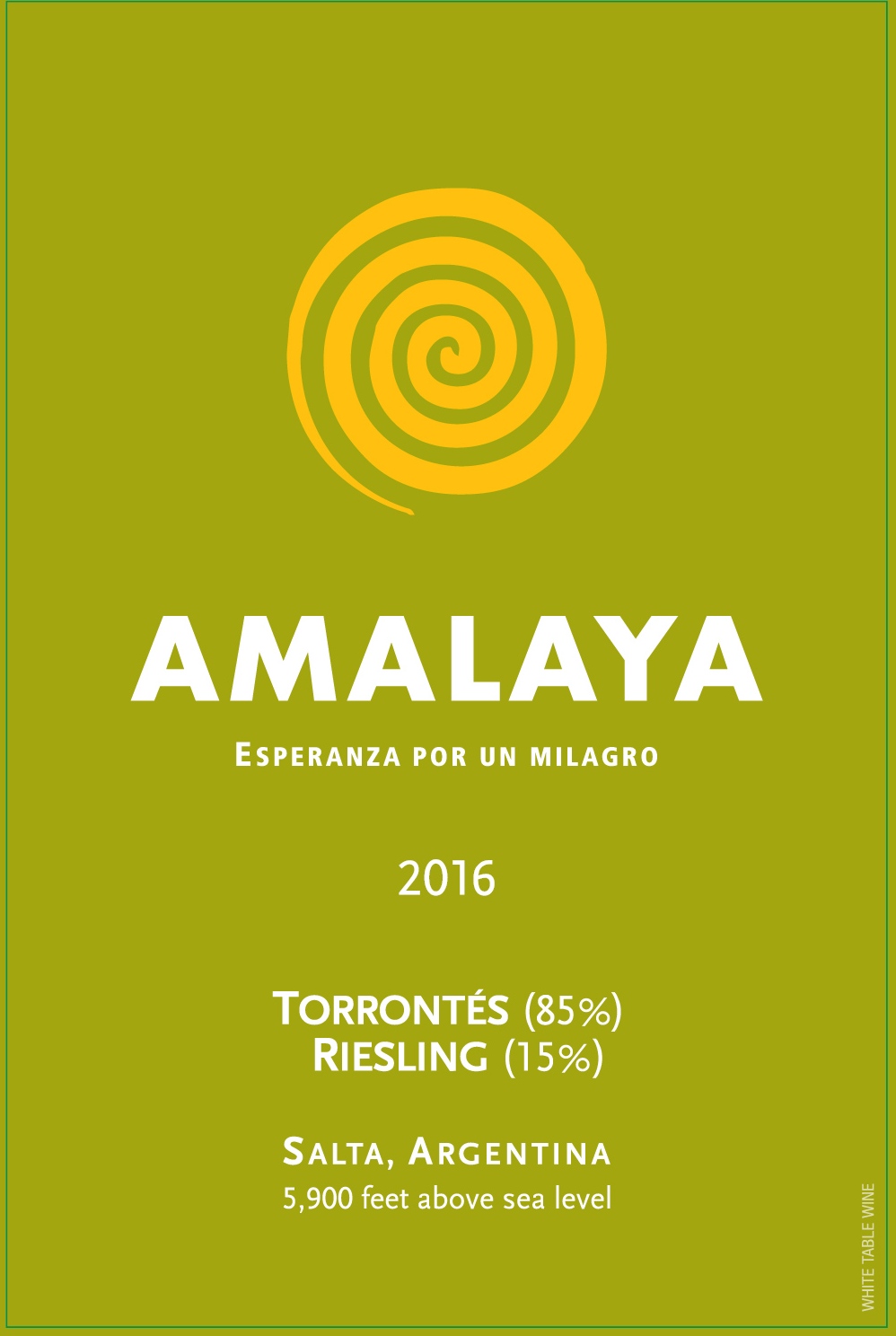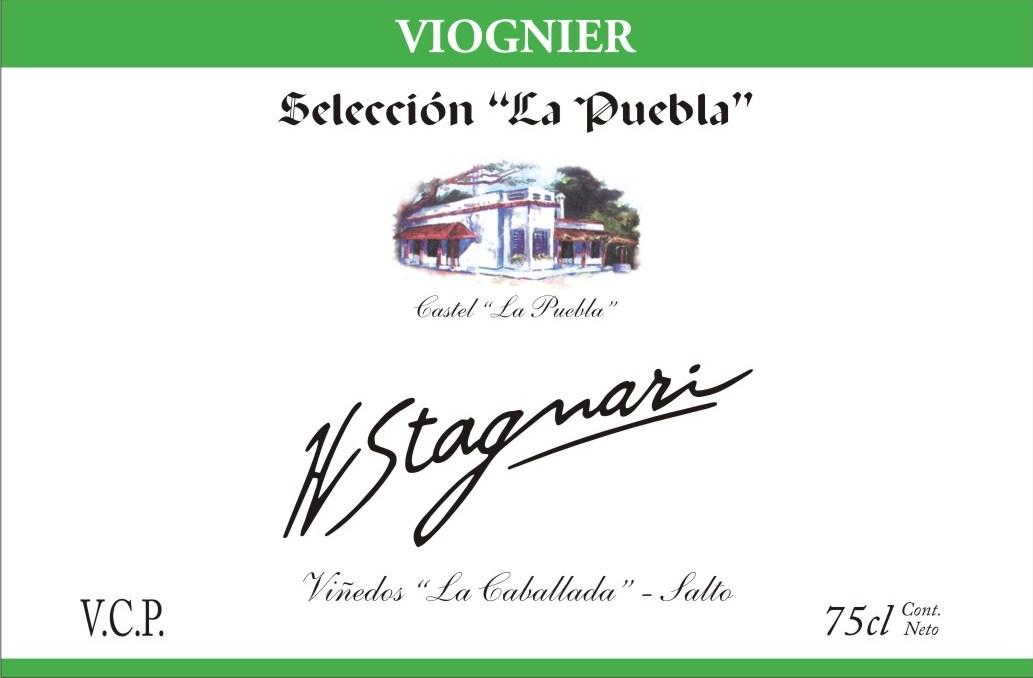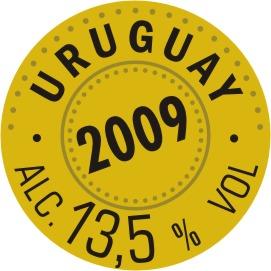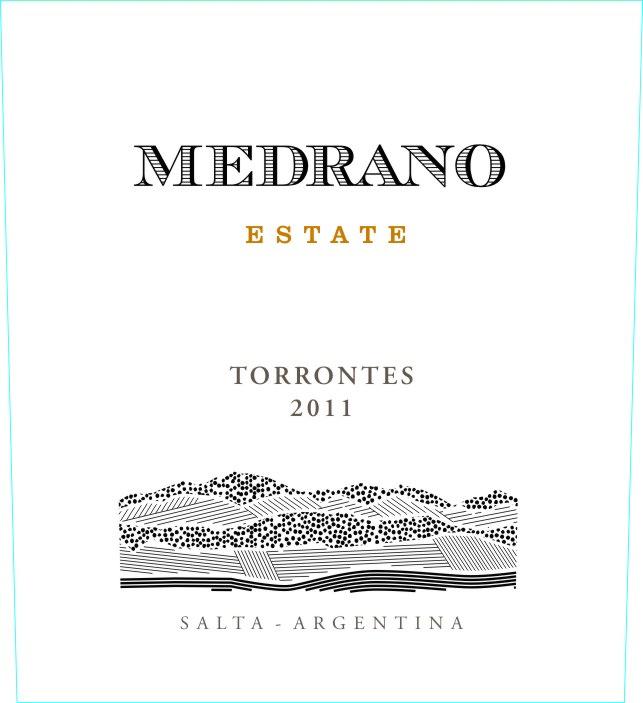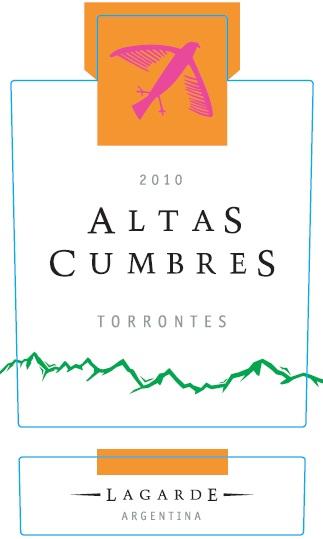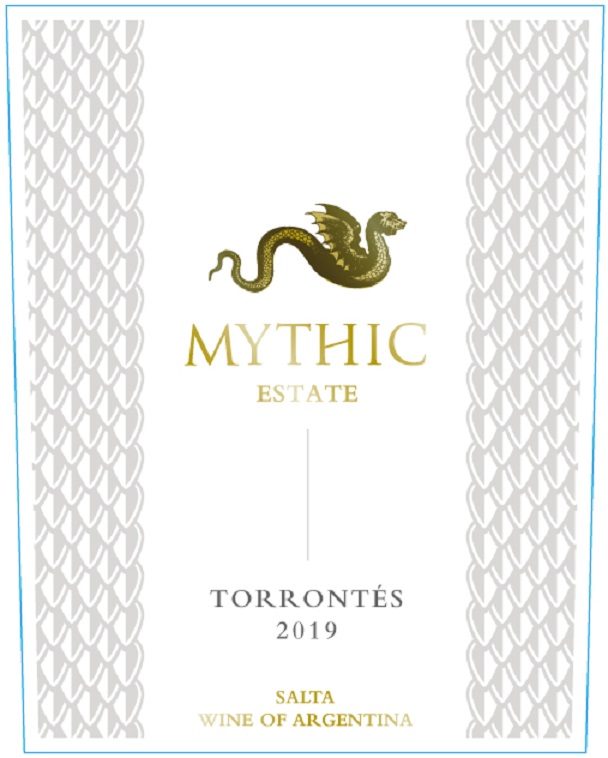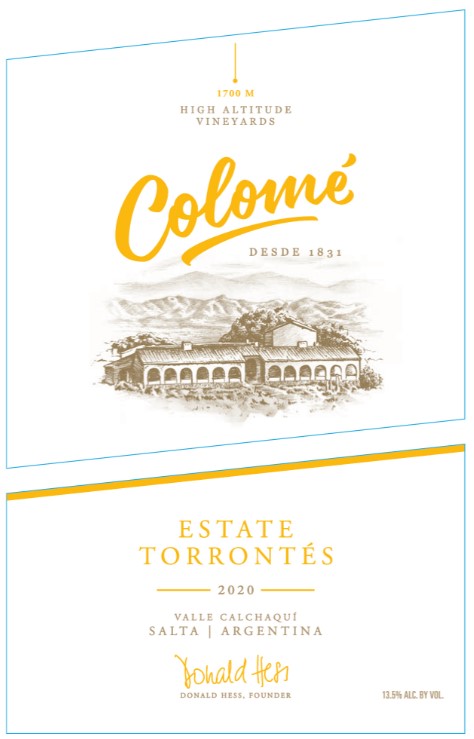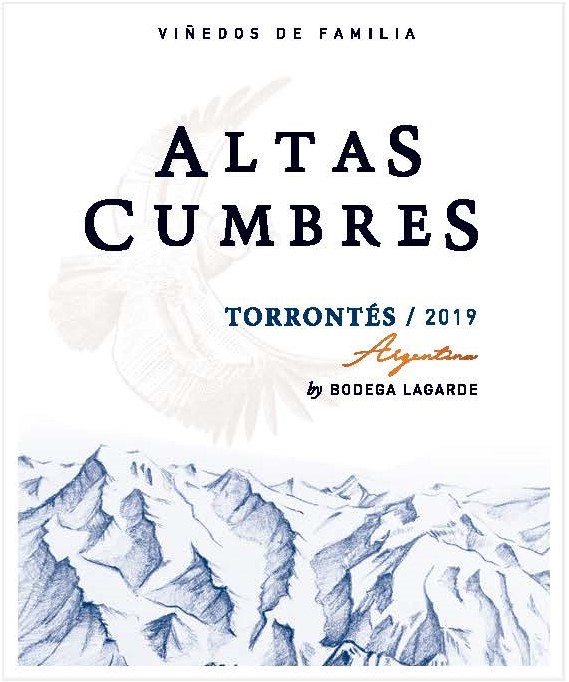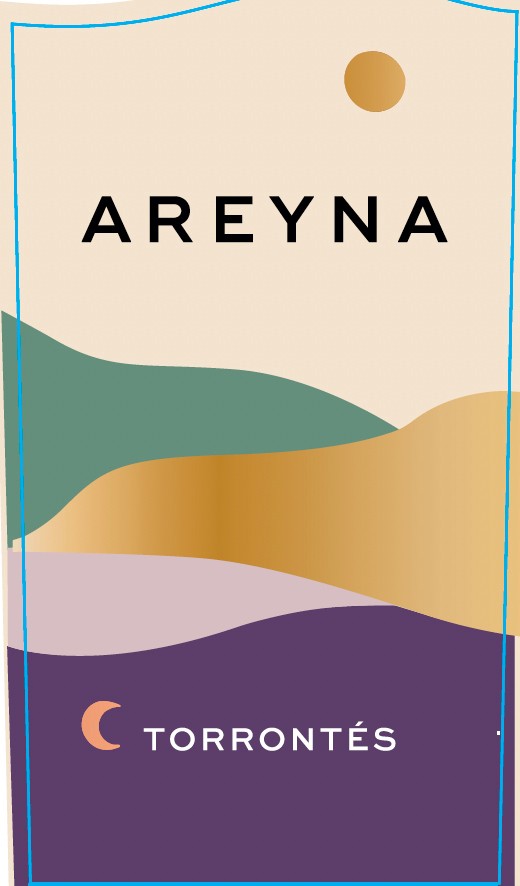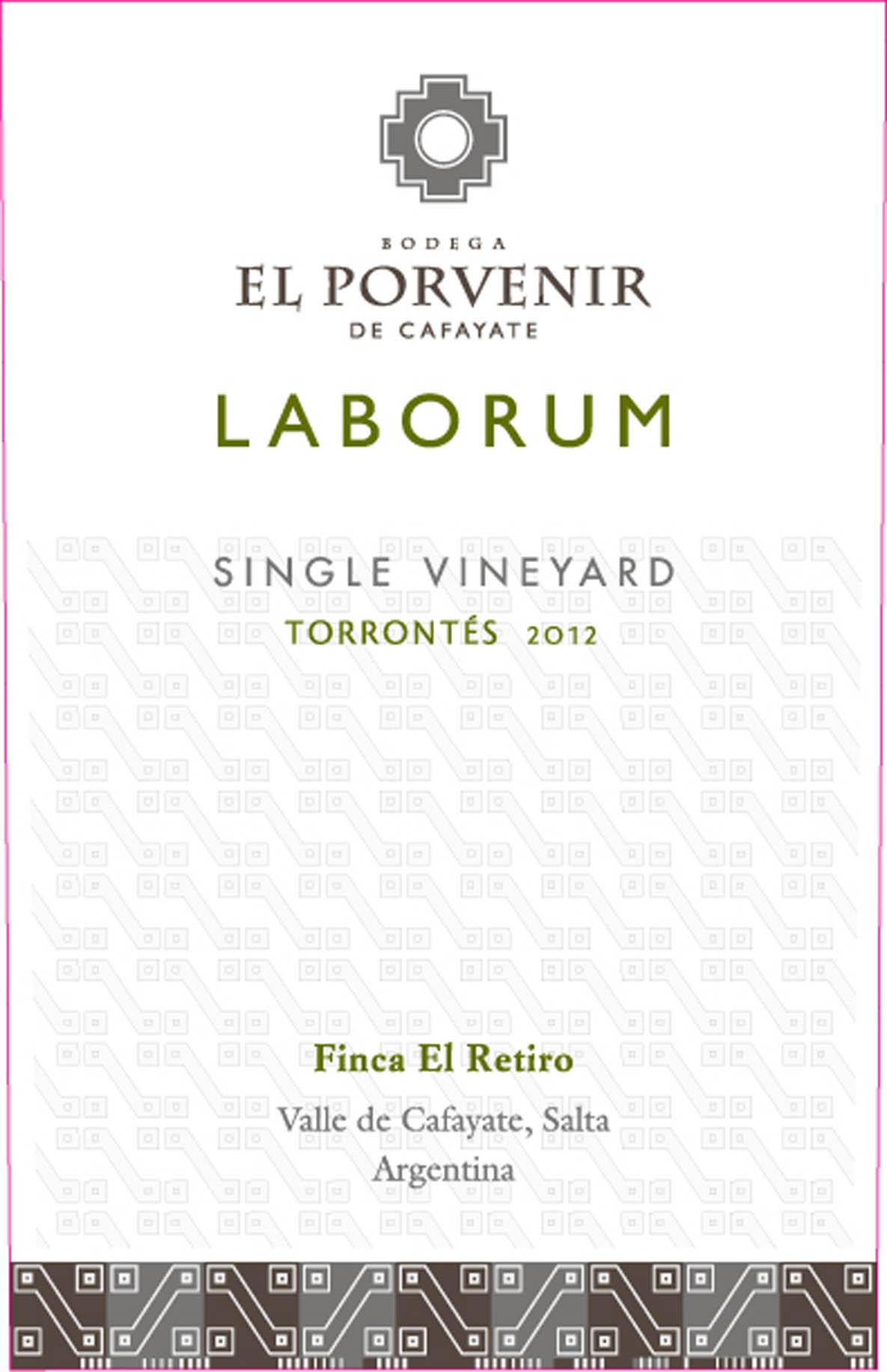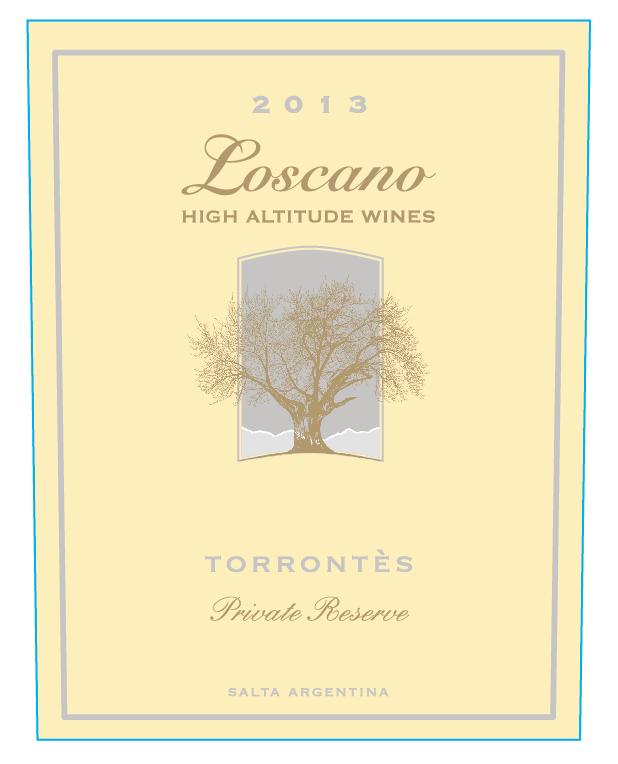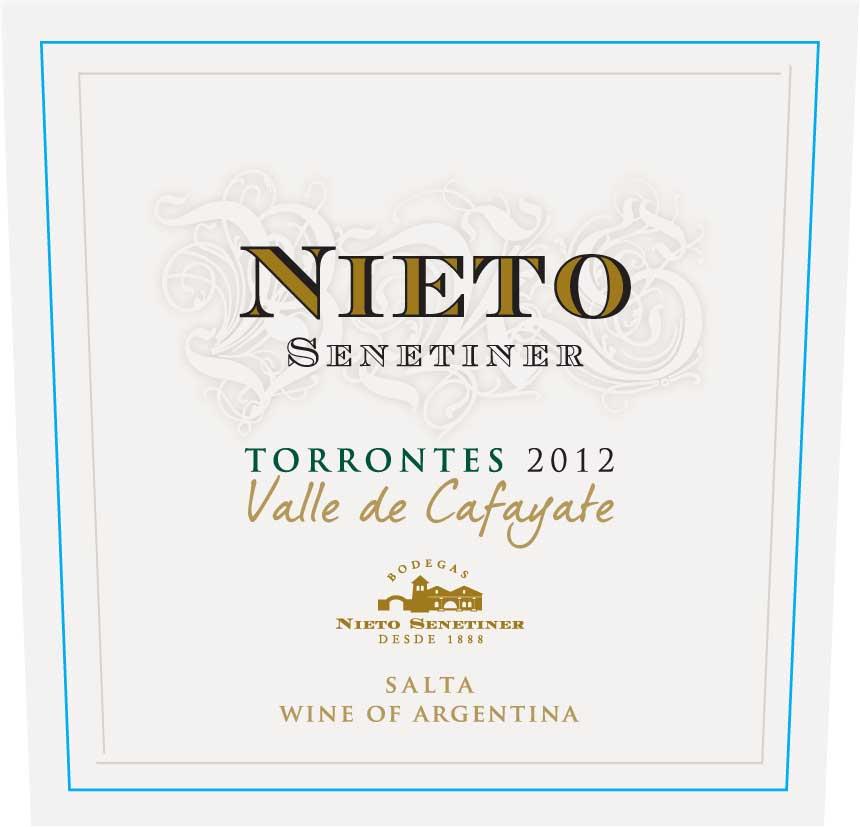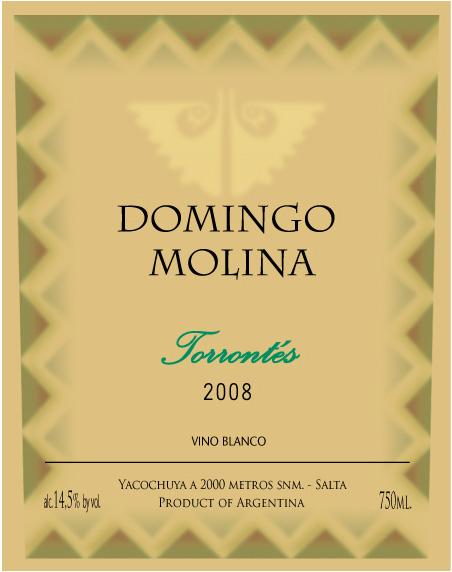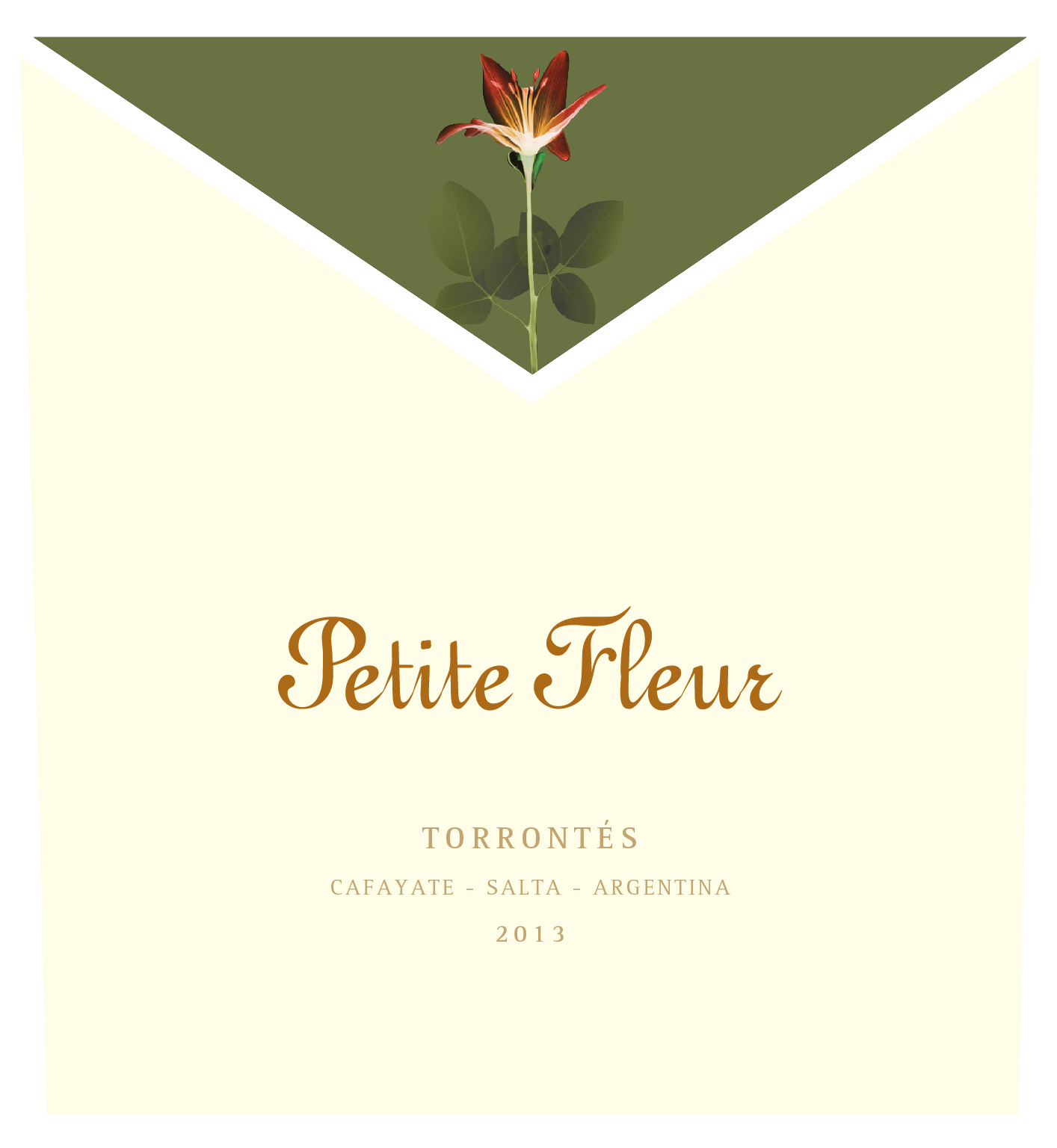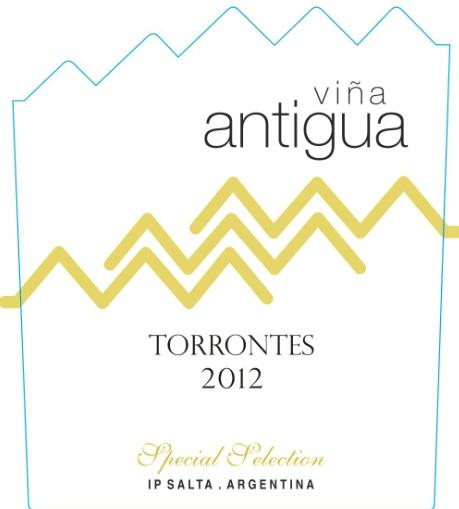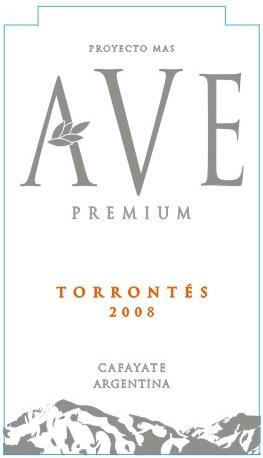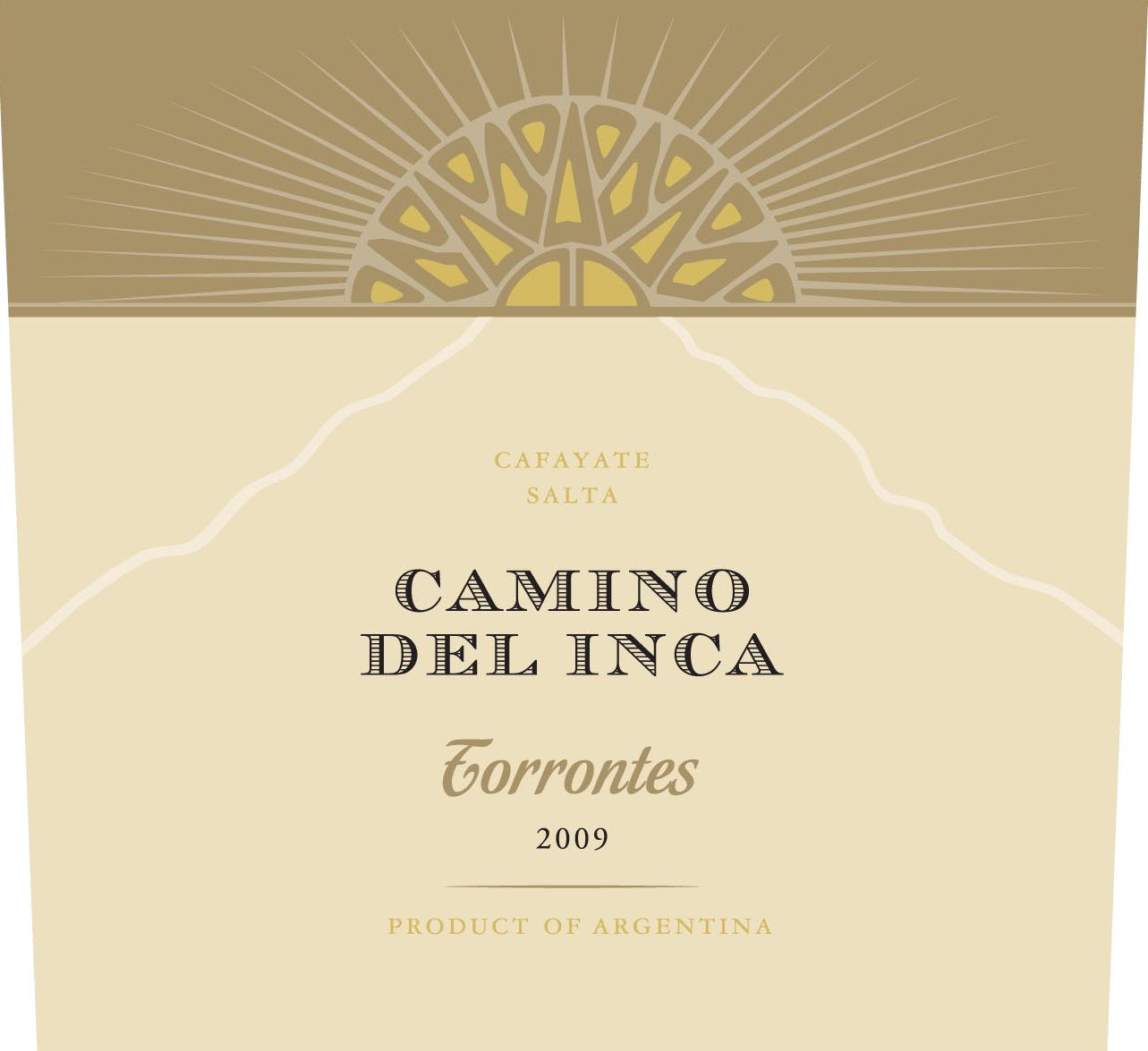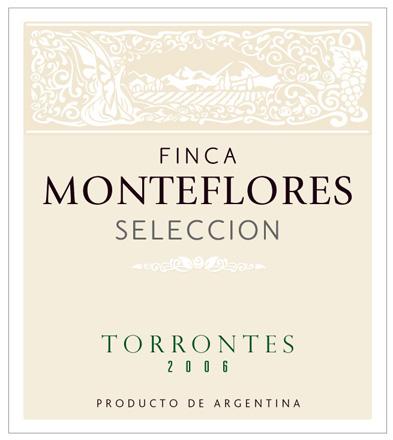Terroir of Salta
Salta's terroir is shaped by its dramatic geography and contrasting climate. Nestled in the Andes, vineyards thrive at elevations from 1,530 to 3,111 meters, benefiting from cooler temperatures and intense sunlight. This altitude is crucial for developing thick-skinned red grapes, resulting in robust, tannin-rich wines.
The region's weather is marked by wild temperature swings, with hot days reaching up to 38°C (100°F) and nights falling over 20°C cooler. These fluctuations preserve the grapes' natural acidity, ensuring wines are both bold and refreshing.
The Andes create a rain shadow effect, limiting annual rainfall to 185-250 mm and fostering a dry, disease-resistant environment. Salta's soils, primarily sandy-loam and alluvial, are nutrient-poor, making vines struggle and concentrate their flavors. This rugged terrain and climate produce wines with a unique intensity and character, reflecting the essence of Salta's striking landscape.
Notable Wineries in Salta
Salta, Argentina, is a captivating wine region, celebrated for its high-altitude vineyards and distinct wines.
Among its most notable wineries is Bodega Colomé, established in 1831, which combines tradition with innovation. It features the world's highest vineyard, Altura Máxima, and is renowned for its Malbec and Torrontés wines.
Another key player is Bodega El Esteco, a historic winery that has elevated Torrontés to global recognition and offers luxurious experiences at its Patios de Cafayate wine hotel.
El Porvenir de Cafayate, a family-owned venture, exemplifies sustainable practices, producing notable Tannat and Malbec blends.
Lastly, Piattelli Vineyards, with its Tuscan architecture and state-of-the-art facilities, charms visitors with its Reserve Malbec and vibrant Torrontés.
Each winery contributes to Salta's rich tapestry, offering unique flavors and unforgettable experiences.
Sustainable Winemaking in Salta
Salta’s wine region, nestled in the Andes' embrace, thrives on sustainable practices crafted around its rigorous landscape. The high altitude, with its strong sunlight and dry winds, naturally curbs pests, allowing organic and biodynamic methods to flourish. Water conservation is crucial, with drip irrigation minimizing waste and some vineyards recycling all wastewater for irrigation.
Producers are increasingly committed to sustainable certifications, such as the Bodegas de Argentina Sustainability Protocol, which emphasizes environmental, social, and economic responsibility. Innovative practices like gravity-flow systems and solar power further enhance Salta’s eco-friendly credentials. These efforts ensure that Salta's wines not only reflect the region’s bold character but also its dedication to preserving its unique environment for future generations.
Wine Tourism in Salta
Salta's wine tourism captures the imagination with its blend of high-altitude vineyards and breathtaking scenery.
Visitors journey along the Ruta del Vino, the highest wine route on Earth, experiencing the dramatic landscapes of the Andes.
Cafayate serves as the heart of this adventure, offering rich cultural experiences, including the Museo de la Vid y el Vino.
Wine enthusiasts can indulge in immersive experiences beyond tasting, such as staying at luxurious wine hotels, savoring regional dishes at top winery restaurants, and engaging in unique activities like horseback riding through vineyards.
Salta's wines, notably Torrontés and Malbec, pair perfectly with local cuisine, enhancing the overall experience.
The region is a testament to sustainable winemaking practices, ensuring its stunning environment is preserved for future generations.
For an ideal visit, plan around spring or autumn, when festivals bring an extra layer of cultural richness to this exceptional wine destination.




